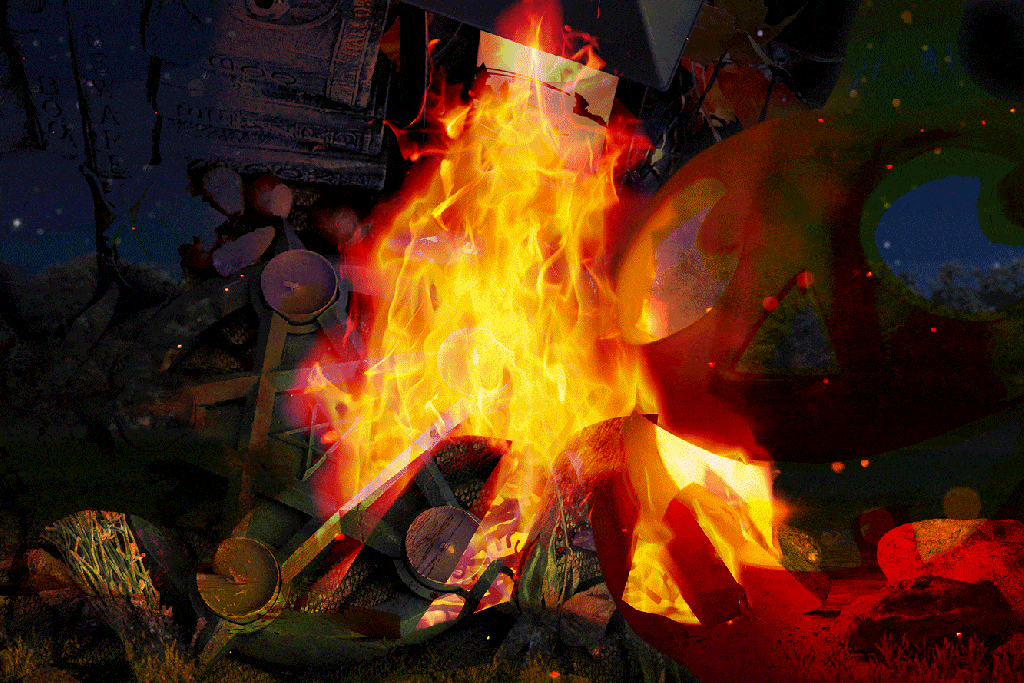In the autumn season, as daylight shortens and fields become empty, the Northern Hemisphere transitions into a period of reflection on mortality, as depicted by Robert Frost’s poem “Nothing Gold Can Stay.” This time of year also coincides with Halloween, which has roots in the Iron Age and is known as Samhain – a Celtic festival marking the end of harvest and the beginning of winter.
Samhain, meaning “summer’s end,” is celebrated as a threshold to the season of death, in alignment with the sun’s journey through Scorpio – a sign symbolizing sex, death, and regeneration. The festival involves various traditions, including lighting communal bonfires with a wheel for friction to spark flames, symbolizing the sun, and taking a flame back to relight home hearths as protection during the darker half of the year.
The original Samhain festivities were a mandatory celebration with excessive mead drinking and feasting, and abstaining from participation resulted in punishment by the gods. It was believed that during this time, the veil between the living and the dead was thin, allowing for divination and offerings of food and animals to hungry spirits. The tradition of wearing costumes originated from disguising in animal skins to deceive spirits.
With the spread of Christianity, Samhain was transformed into All Saints Day, honoring martyrs and saints instead of free-range spirits. The practice of trick-or-treating evolved from offering food and drink to the poor, with children later performing tricks for treats. The carving of jack-o-lanterns is linked to the legend of Stingy Jack, a trickster who was sentenced to wander with a lantern after his death due to a deal with the Devil.
Modern Samhain celebrations involve the revival of old traditions with fire ceremonies, feasting, and rituals honoring the dead and nature. Ways to celebrate Samhain include building altars with offerings to the deceased, lighting bonfires to release negative energies, preparing feasts with seasonal items, and reflecting on growth and losses. These practices can bring closure, communion with the dead, and a sense of reverence for the changing seasons.













